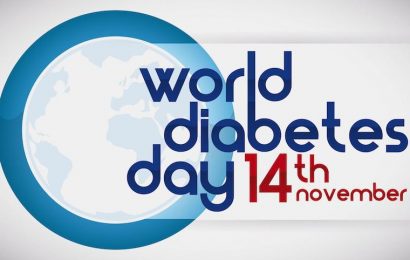Certain diabetes-related controversies get widespread coverage in the media: low-carb vs. low-fat diets, drug safety, tight blood glucose control. Exercise is less often a topic of controversy; while the merits of various diets are parsed without end, exercise is often simply considered, well, good. There may be a good reason for this discrepancy: Everyone has to eat and generally eats enough, while studies consistently show that most people with diabetes, especially Type 2 diabetes, do not get the recommended amount of exercise. For most people, getting the maximum benefit from exercise is a concern secondary to finding ways to simply get up and moving more regularly.
But once you’ve decided to exercise, an obvious question arises: What should I do? Many people assume that aerobic, or cardiovascular, exercise — which elevates the heart rate for an extended period of time — is the variety most important to their health. But there are also proven health benefits from resistance exercise, which involves putting stress on muscle groups using weights, resistance bands, or one’s own body weight. (Other forms of exercise, such as anaerobic — which involves elevating the heart rate in intense, short bursts — and flexibility-building exercises, are less well researched.) How important, then, is each type?
A recent study, whose results were presented at the Obesity Society 2010 Scientific Meeting in San Diego, showed — perhaps not surprisingly — that a mix of aerobic and resistance exercise was superior to either form of exercise alone in people with Type 2 diabetes, at least where HbA1c level was concerned. According to an article published in Endocrine Today, the study — known as Health Benefits of Aerobic and Resistance Training in Individuals with Type 2 Diabetes, or HART-D — randomly assigned one of four exercise regimens to each of its 262 participants, who were men and women ages 30–75 with Type 2 diabetes. The four regimens were supervised aerobic training, supervised resistance training, supervised aerobic plus resistance training, and self-directed exercise (the control group, against which all the others were compared). Each regimen was designed to give participants at least 150 minutes of exercise per week. After nine months, the aerobic-plus-resistance group experienced an HbA1c level 0.20% lower, on average, than at the start of the study. The aerobic-only group saw a 0.16% drop, and the resistance-only group saw a 0.08% drop (too small to be statistically significant). The self-guided group, by comparison, saw a 0.24% HbA1c increase.
One notable aspect of this study’s design is that it studied exercise regimens of similar durations, with the type but not overall quantity of assigned exercise varying from group to group. In contrast, a 2007 study on exercise in people with Type 2 diabetes assigned the full aerobic and resistance regimens to its aerobic-plus-resistance group, meaning they were at the gym for twice as long as the other groups. For people deciding how to allocate scarce time to exercise, this older study was therefore perhaps less useful than the new one. But not all evidence favors aerobic and resistance training for everyone. A study by the University of London (UK) released earlier this year, designed to test which forms of exercise help prevent Type 2 diabetes, found that some 20% of participants gained no measurable benefit from aerobic exercise.
What do you think — do you find studies on the relative merits of aerobic and resistance training to be helpful when planning your own exercise? Do you find one type of exercise or the other more enjoyable or manageable, making it more likely that you will follow through with exercise plans? Have you found certain types of exercise to be more or less beneficial to your health? Are there any favorite forms of exercise you’d like to share? Leave a comment below!




